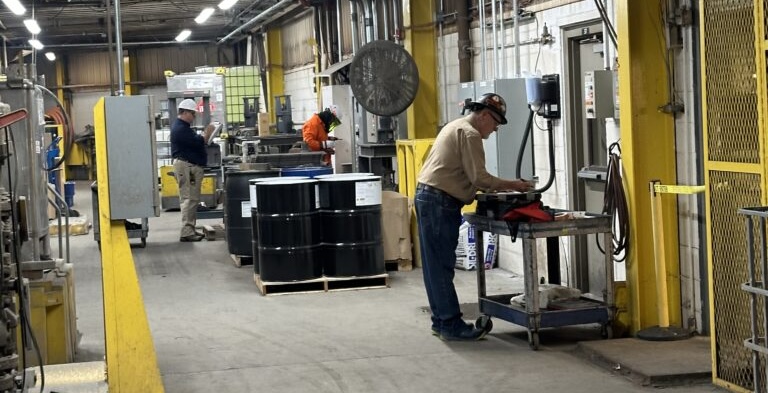In today’s high-stakes facility environment, operational reliability, safety, and compliance aren’t just priorities—they’re requirements. But even the most vigilant facility managers can be blindsided by threats lurking beneath the surface: hidden electrical faults, mechanical wear, and building envelope failures. Traditional inspections miss these issues, putting assets, budgets, and reputations at risk.
Thermal imaging bridges this gap. But which scan—electrical, mechanical, or building investigation—offers the best value for your facility’s needs? Here’s a side-by-side comparison to help you choose wisely.
1. Electrical Thermal Imaging Scans
How It Works:
Certified thermographers use high-resolution infrared cameras to scan electrical panels, breakers, switchgear, transformers, and distribution systems—without shutting down operations. Hotspots invisible to the naked eye show up instantly in thermal images.
Problems Solved:
- Overloaded circuits, loose connections, or deteriorated components that cause fire risks
- Undetected phase imbalances that drive energy waste and surprise failures
- Code compliance gaps (NFPA 70B, OSHA) that could trigger costly fines or insurance issues
Why It Matters:
- Data-Driven Prevention: Studies show 80% of electrical failures happen due to heat buildup. Thermal scans catch them before disaster strikes.
- Insurance and Regulatory Compliance: Satisfy insurers and regulators with detailed documentation for NFPA 70B periodic inspection requirements.
Real-World Example: A Louisville food processor’s annual scan uncovered a hidden terminal defect. Proactive repair saved over $500K in downtime and avoided a potential recall.
2. Mechanical Thermal Imaging Scans
How It Works:
Technicians scan motors, pumps, conveyors, bearings, HVAC machinery, and rotating equipment. By detecting abnormal temperature variations, they spot friction, wear, or misalignment before symptoms appear.
Problems Solved:
- Bearings or couplings in early failure stages
- Overheating in motors or pumps due to misalignment or lubrication issues
- Inconsistent cooling/heating affecting production quality
Why It Matters:
- Predictive Maintenance: Research indicates predictive thermal maintenance can cut unplanned outages by up to 47%.
- Longer Equipment Life: Early repairs extend asset lifespan and protect your investment.
Real-World Example: A healthcare facility’s HVAC scan flagged a failing bearing in a rooftop unit. Replacing it after hours prevented system shutdown during peak patient care.
3. Building Envelope (Investigation) Scans
How It Works:
Infrared imaging is applied across walls, roofs, doors, and windows to find insulation gaps, moisture intrusion, and escaping conditioned air—issues unseen during routine walkthroughs.
Problems Solved:
- Energy losses from poor insulation or air leaks
- Hidden roof leaks or water ingress causing mold
- Building code compliance issues impacting sustainability certifications
Why It Matters:
- Lower Energy Bills: Identifying and correcting envelope leaks can slash HVAC costs by up to 30% (US Dept. of Energy).
- Health/Safety Assurance: Detect moisture zones before they turn into expensive repairs or mold outbreaks.
Real-World Example: Louisville IR’s scan of a logistics warehouse revealed major insulation gaps. Repairs led to a 22% drop in annual utility costs.
Electrical vs. Mechanical vs. Building Scans: Making the Right Choice
Electrical Scans: Your first defense for fire prevention and compliance in power-distribution-intensive environments (manufacturing, data centers, hospitals).
Mechanical Scans: Best for facilities with heavy rotational equipment or where uptime is crucial—think food processing, healthcare, or packaging lines.
Building Envelope Scans: Ideal when energy efficiency, moisture control, or sustainability standards are top priority—common in large campuses, shopping centers, or LEED-certified buildings.
Pro tip: Many facilities see strongest ROI by combining all three scan types for a comprehensive health assessment and actionable, prioritized repair roadmap.
Why Louisville Infrared Thermal Imaging?
- 25+ years of certified thermography experience
- Proven track record across manufacturing, healthcare, data centers, and more
- Detailed, actionable reports for compliance and insurance
- Flexible scheduling—no operational disruption
- Veteran-led team with nationally recognized expertise
Ready to make the invisible visible—and protect your facility, budget, and peace of mind? Contact Louisville IR for a tailored assessment or learn more about our industry-specific solutions.
Don’t wait for a costly surprise—let advanced thermal imaging safeguard your facility’s future.

